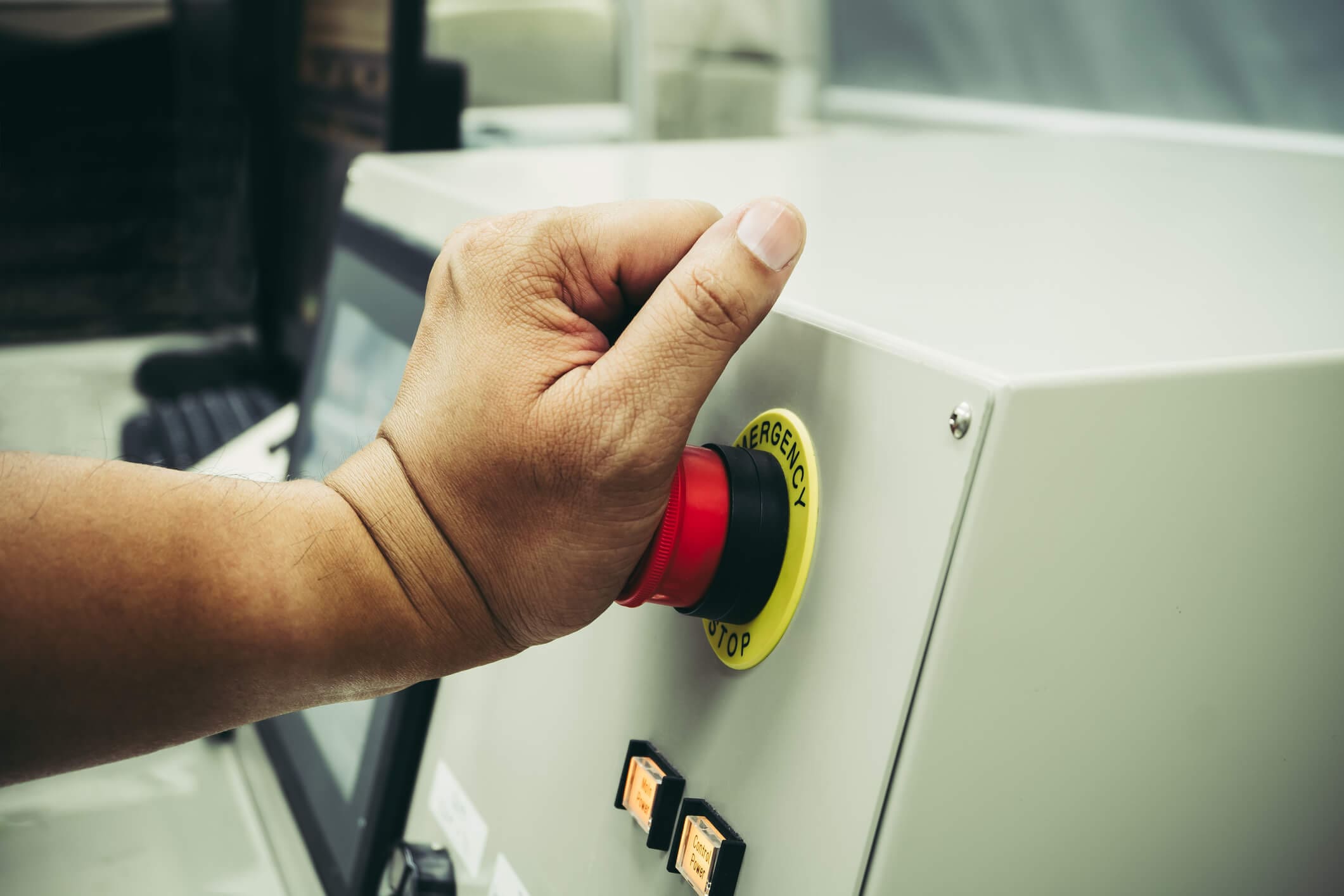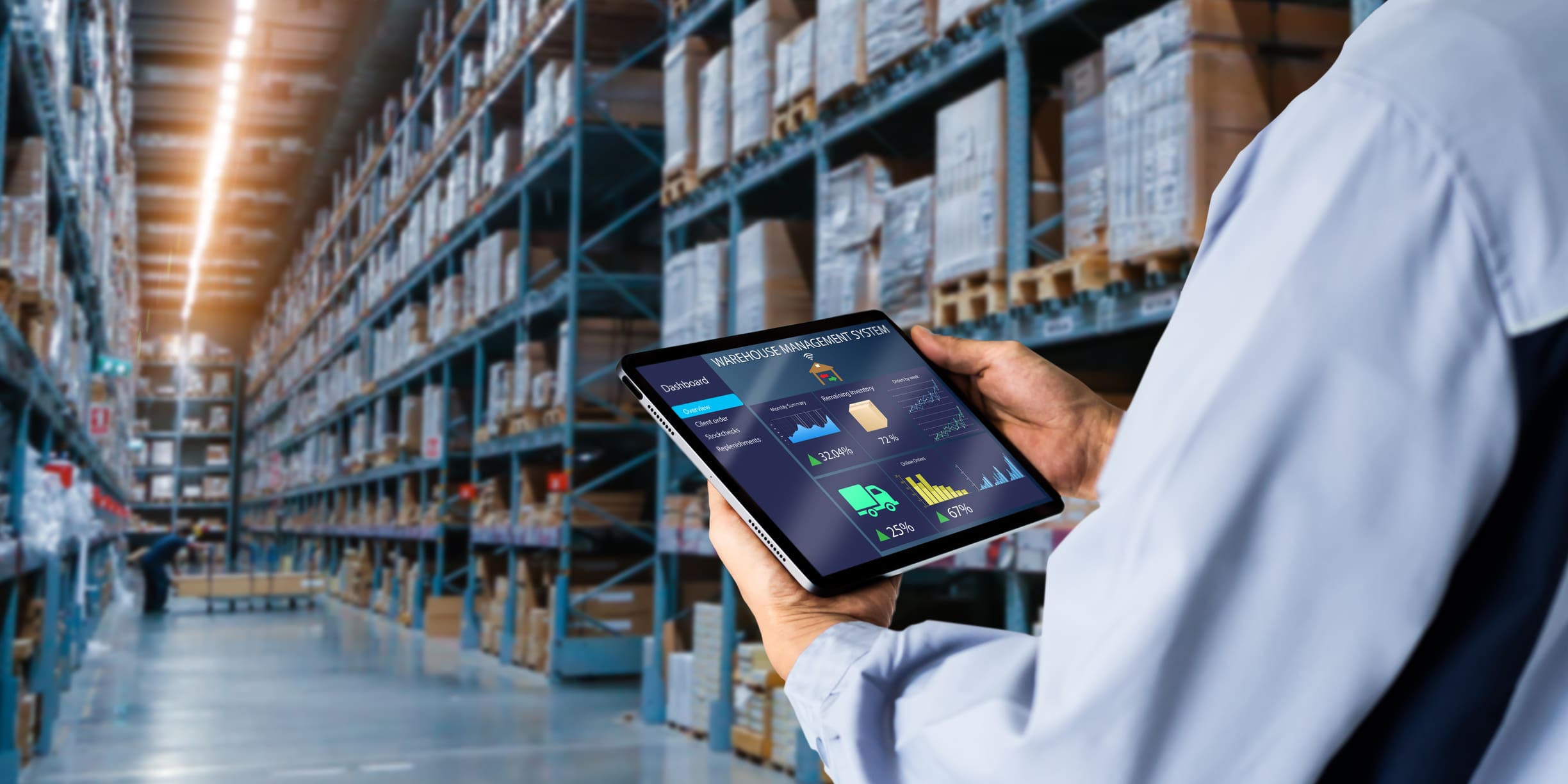Reevaluate your products’ margins
When asked what advice he would give to start-ups, Marc Andreessen had one thing to say: “Raise prices.”
That can seem counterintuitive when you’re trying to grow. After all, don’t people like paying less for stuff? Many entrepreneurs think like this.
- Charge people as little as you can
- They’ll tell other people about your product
- We’ll grow!
Unfortunately, the reality often doesn’t work like that. To many businesses, raising prices seems like a shortcut to losing customers. We’re here to ‘raise’ some ideas you should consider when establishing prices.
Reasons you should raise your prices.
- Hedge against product risk – What if you got something wrong? Or what if you got everything right but an engaged customer gives you an amazing idea for version 2? If you’re running on extremely thin margins, you won’t have the cash you need to iterate on your product design. Industrial design, new packaging, new graphics, new production molds, production samples, etc. all cost money. You need to be putting cash in the bank with your early customers so you can continue to serve them well.
- Hedge against competitive risk – Unless you’re Apple, there are people out there that want your business and can make a legitimate play to steal it. They are bigger than you and have more money. If they can deploy a similar product to yours and undercut you until you go out of business, your company is dead. This was the Walmart strategy of coming into town, driving everyone out of business, and then raising prices. They have a bigger war chest; you have to be smarter or have more brand equity. Having cash in the bank would allow you to run PR, acquire more market share, and potentially expand into other markets. Moreover, if they decide to try and buy you instead of trying to out-compete you, your company will command a significantly higher price if you have better margins.
- Offer freebies – Everyone likes free stuff. Free shipping, giveaways, discount codes, etc. Customers love to feel like they’re getting a good deal. There are a lot of fascinating studies on “free” and how illogical humans are about it. If you have cut your prices to the bone and can’t afford to offer “free” stuff, you’re doing a major disservice to your business, your investors and yourself.
- Hedge against macro risk – When you don’t have any room to play with your margins, inevitably you pass it on. Imagine you’re one of the poor souls who just saw their tariff rate increase from 10% to 25%. If you can’t absorb that cost (even temporarily), your loyal customers are going to get smacked with a 15% price increase or you’re going to be losing money. If you have enough margin you can absorb the cost increase for a while, or work the increase into a version two release to help justify it. People will pay more, but they won’t be happy if they’re paying more for the exact same thing. This can protect you against everything from changing suppliers to tariff changes.
- Increase market share – This seems counterintuitive but you can grow your company faster by charging more. This is driven by point (3) above, where you can offer special deals to spike growth as needed, and also by paying for customer acquisition. The best brands on Kickfurther relentlessly re-target me when I check out their pages. This is because they know that someone who has visited their page is much more likely to buy their products than someone who hasn’t. They have the budget to put their ads in my face, and I’m not ashamed to admit that on several occasions it works well and I end up buying the product after I see it ten times. Instead of hoping a happy customer will share information about your product, you can pay to put it in front of people’s faces… if you have the money, that is.
- Increase distribution opportunities – When your brand scales, it is likely that major retailers will want to carry your product. If they come knocking, their expectation is to make 50% margin when they sell your product. So if they’re buying it for $1, they want to sell it for $2. If you’re selling the product for $2 and buying it for $1.50 ($0.50 profit or a 25% margin), you can’t sell wholesale and make money. You need to be buying the product for a maximum of around $0.70 if you’re selling it for $2.00 ($1.30 profit or a 65% margin). This way you can sell it to the retailer for $1 (making $0.30, a 30% margin) and they can sell it for $2 (making $1, a 50% margin). So in short, in order to open up big scaling opportunities you want to have at least 65% margin. I think it’s safe to stick to the double/double rule, which means you double your cost twice to arrive at a retail price. So you buy for $0.50, sell wholesale for $1 (50% margin), and sell retail for $2 (75% margin).
When reviewing your products’ margins, remember to look at your manufacturer and shipping delivery terms to identify areas for optimization.
Raising prices positions you for growth
When your product is growing rapidly, you’ll find that you need to finance the growth of your inventory. Selling with a greater margin will enable you to self-finance a greater proportion of growth and enable rapid scaling of your business.
Still want to charge as little as you can? Let us know what you think in the comments!









